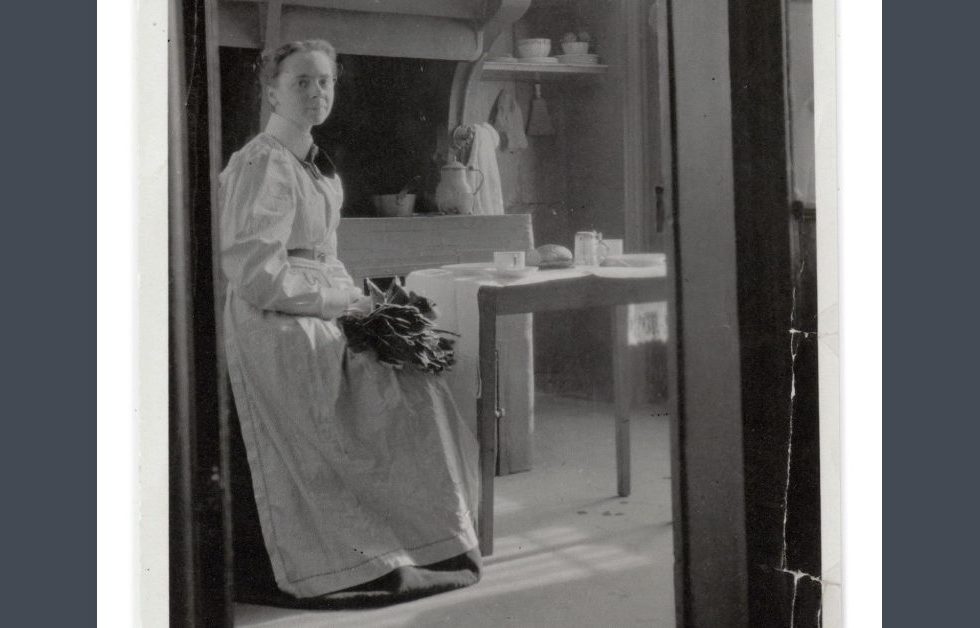Wolfe-Rizor is a family owned and operated interior design firm. We are a mother and daughter team. We are family, we are entrepreneurs, we are women.
In honor of International Women’s Day, we are spotlighting Julia Morgan, a pioneer in our field.
What does the 1906 Great San Francisco Earthquake and Julia Morgan have in common? Both were forces of nature and both shook things up. They are also interrelated for another reason. The Great San Francisco Earthquake of 1906 is the reason we can celebrate Julia Morgan’s work. It was in the quake’s aftermath that the first ever licensed architect made her mark on the city. And the world was never the same.
Julia Morgan was the center of New York Time’s latest article in their Overlooked series, paying tribute to those who dared to stand out in trying times, and those who were forgotten in a sea of the status quo.
After the earthquake, more than 80% of the city lay in ruins – it was a startling scene that’s almost impossible to imagine today. The wealthy hotel owners of the time looked at the wreckage and decided that something had to be done. But who could they turn to? The architects of the day had clearly let them down, creating structures that were no match for the San Francisco quakes.
They looked to the bell tower on the campus of Mills College, a tower that remained after the quake. They looked to the architect who created this structure that stood tall against the forces that tore the rest of the city down. They looked to Julia Morgan. She was hired.
A woman would be restoring one of the most luxurious hotels in San Francisco, in possibly the Western United States? How?
It’s important to remember how far we’ve come since those days. This was 1906, women weren’t allowed to vote until 1920, a full 14 years in the future. There were few female professionals in the male dominated world. She must have made quite the impression.
And she came through, restoring this great hotel to its former glory and then some and her soon to be prolific career began a steady and steep trajectory to the top.
Morgan spent years designing homes and buildings (over 700 in California alone) but she is most well known for a castle.
Her next major project and perhaps the one she is most well-known for was for newspaper tycoon William Randolph Hearst, the man who was the inspiration for Orson Welles’ Citizen Kane. The film was true to life in its depiction of Kane’s (WR Hearst’s) massive, palace like home. The real home was designed by none other than Julia Morgan.
The New York Time’s piece describes their relationship and the fruits of her labor:
“The commission would turn into an extraordinary, long-running architect-client relationship that would produce a vast castle of fantastic, pan-European architecture augmented by fragments of buildings, mostly from Italy and Spain, that Hearst had collected and shipped to California. Morgan spent 25 years working continuously with Hearst, spending a majority of her weekends on-site.”
In the film the massive structure is called Xanadu, in real life, it is known still to this day as the Hearst Castle. The castle sits on 127 acres of land in San Simeon California and is said to have cost $4,717,000 in the 1920s, which is roughly $60 million in 2019 dollars. Morgan worked on the home for 25 years of her life. Creating one of the most famous mansions in the 20th century.
Her style was developed during her travels and work in Europe, influences from Italy and Spain are easily recognizable. But Morgan added a sense of majesty and bravado to her work that was and still is incredibly unique. She laid the foundation of Spanish styles and influenced and shaped Californian architecture for years to come.
The Hearst mansion is now a state park.
Though she is most famous for these works, Morgan has a collection of famous building that are registered as national historic monuments. This includes the Asilomar, which was a commission from WR Hearst’s mother Phoebe.
Morgan, who never married, dedicated her life to her craft. It’s people like Julia Morgan who remind us that passion and drive are all you need to face insurmountable odds. She would have been an architect no matter that challenges that faced her.
More Reading
New York Times Overlooked Series – Julia Morgan




